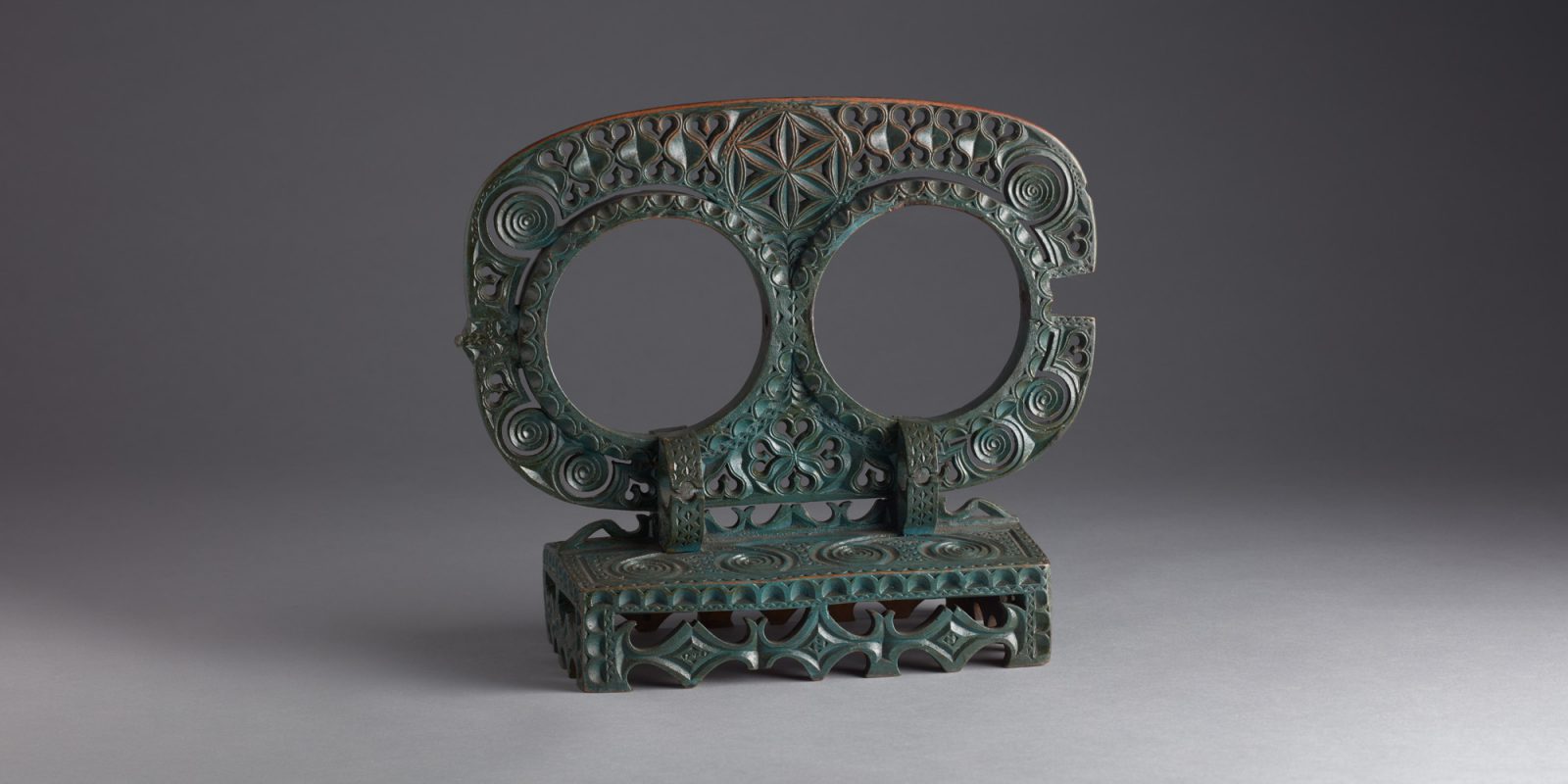
Lazy kates from around Finland
The photos of historical items of the Finnish Heritage Agency showcase Finnish folk traditions.
As a photographer for the Picture Collections of the Finnish Heritage Agency, one of my duties is documenting the items of the National Museum by photographing them. It is easier to examine objects that have been photographed, since in that case, the fragile objects do not need to be subjected to potential damage or wear during processing. Photos also allow the personnel to monitor the changes in the objects caused by the processing or conditions. With the help of the photos, the objects and their backgrounds and stories are accessible and available for research via the Finna service, for example.
A good photo of an item is objective and facilitates the identification of the item’s characteristics. You should avoid excessively dramatic lighting effects, with the exception of marketing photos. Usually, the lighting should produce a soft shade so that the object’s typical characteristics are visible. The surface structure of a wooden item is best shown with a light from the side, while shiny surfaces are best showcased using a white reflector at a suitable angle. The most difficult items to photograph are the ones made of several materials, since the final photo must be a compromise between multiple light sources. The items are photographed in a studio against a neutral background that does not reflect colours on the item and that may make it more difficult to assess the actual colours of the object. When selecting the background colour, it is important that the object stands out from the background. Often, the background is either white or grey.
Older photos may feature several objects in one photo. Since film was expensive, each frame had to be utilised as efficiently as possible. These days, the objects are always photographed alone. However, if the goal is to show a tea service from the tsarist era as a whole, both the singular items and the full service will be photographed.
Recently, I have photographed objects from the Department of Ethnology of the National Museum. Shown here is a lazy kate, which is a tool used for making yarn. However, it is not simply a tool; instead, it carries a lot of meaning through its design and polish. Men sometimes made lazy kates for their fiancées. The object was proof of its creator’s skill, and the results were often excessively decorative. However, there are also solutions made of only a few pieces of wood.
I have illuminated the items with a single light from the side, which highlights their form. I used a reflector on the shaded side to provide additional light. The grey background works well with wooden materials.
The National Museum of Finland has about half a million objects in its collections. Only some of them have been photographed and published. The collections include about 200 lazy kates. They have been collected from around Finland, and a significant proportion of them have now been photographed and made available on the Finna service.
Text: Matti Kilponen
Kamera 7/2021

A lazy kate from Vähäkyrö. National Museum of Finland, Ethnographic Collections, K4640:7. Photo: Matti Kilponen / Finnish Heritage Agency 2021

A lazy kate used in Bergö. National Museum of Finland, Ethnographic Collections, K4331:362. Photo: Matti Kilponen / Finnish Heritage Agency 2021